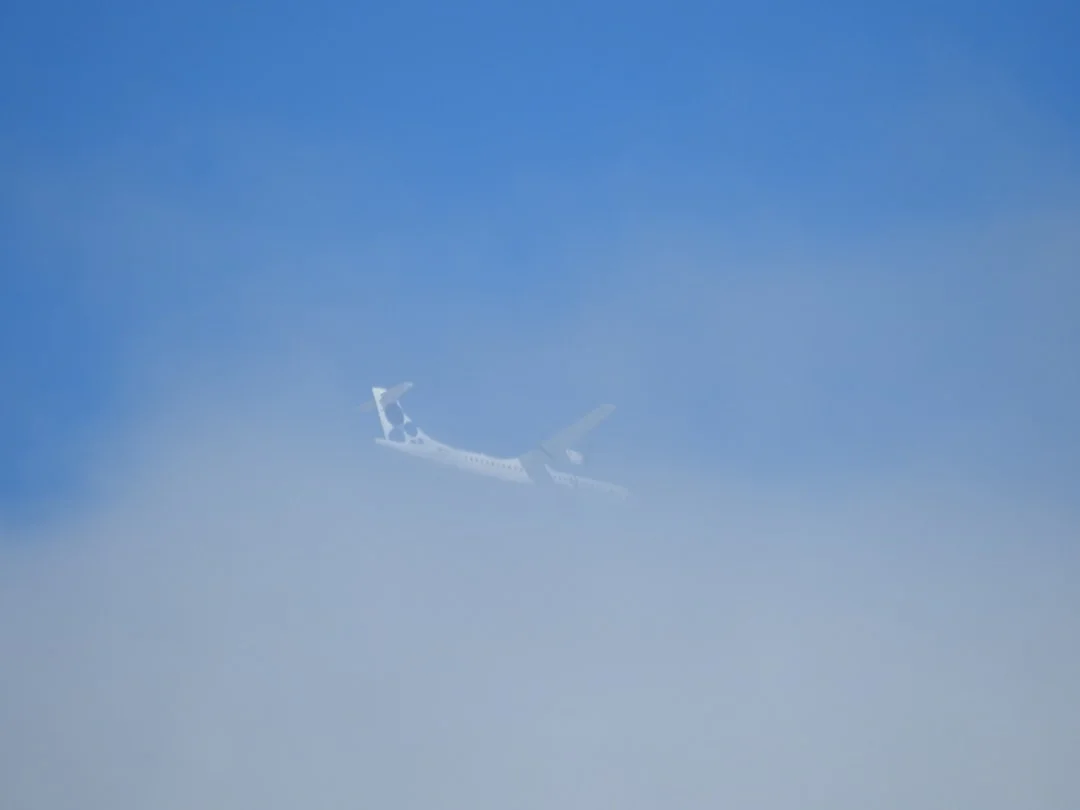The Global Navigation Air Data Inertial Reference System, commonly known as GNADIRS, is a critical component of the Airbus A320 aircraft. It is an advanced navigation system that integrates multiple sensors to provide accurate and reliable information about the aircraft’s position, attitude, and velocity. This system plays a crucial role in ensuring the safety, efficiency, and performance of the aircraft during all phases of flight.
The GNADIRS combines three major subsystems: the Global Navigation System (GNSS), the Air Data System (ADS), and the Inertial Reference System (IRS). Each subsystem contributes specific data and functions, which are then integrated to provide a comprehensive and precise navigation solution.
Contents
The Global Navigation System (GNSS) is the satellite-based component of the GNADIRS. It utilizes a network of satellites to determine the aircraft’s position, altitude, and velocity. The A320 is equipped with multiple GNSS receivers, which receive signals from various satellite constellations, such as GPS (Global Positioning System), GLONASS (Global Navigation Satellite System), and Galileo. By receiving signals from multiple satellites simultaneously, the GNSS can provide highly accurate and reliable position information, allowing the aircraft to navigate through various flight phases with precision.
The GNSS also contributes to the aircraft’s autonomous navigation capabilities. It enables functions like automatic waypoint tracking, GPS-guided approaches, and route optimization. These features enhance the aircraft’s operational flexibility and efficiency, leading to smoother and more efficient flights.
Air Data System (ADS)
The Air Data System (ADS) is another vital component of the GNADIRS. It collects and processes data related to the aircraft’s airspeed, altitude, temperature, and other atmospheric parameters. The ADS consists of pitot-static probes, angle of attack sensors, temperature sensors, and air data computers.
The pitot-static probes measure the aircraft’s airspeed and altitude by sensing the changes in air pressure. They are strategically located on the side of the aircraft to capture accurate readings in various flight conditions. The angle of attack sensors, on the other hand, measure the angle between the aircraft’s longitudinal axis and the airflow. This information is crucial for calculating parameters like lift and stall speed.
The data collected by the ADS is used by various systems within the aircraft, including the autopilot, flight management system, and displays in the cockpit. It ensures that the pilots have accurate and reliable information about the aircraft’s performance and flight conditions, allowing for safe and effective decision-making.
Inertial Reference System (IRS)
The Inertial Reference System (IRS) is the final component of the GNADIRS. It utilizes a set of inertial sensors, including accelerometers and gyroscopes, to measure the aircraft’s acceleration and rotation rates. By continuously integrating these measurements over time, the IRS calculates the aircraft’s position, attitude, and velocity.
The IRS operates independently of external references, making it a valuable backup system in case of GNSS or ADS failures. It also provides accurate data during the aircraft’s initial alignment process, when it doesn’t have reliable GNSS signals. Furthermore, the IRS contributes to the aircraft’s performance calculations and flight control systems, ensuring precise and responsive maneuvering.
Conclusion
The Global Navigation Air Data Inertial Reference System (GNADIRS) is a critical navigation system on the Airbus A320 aircraft. By integrating the Global Navigation System (GNSS), Air Data System (ADS), and Inertial Reference System (IRS), the GNADIRS provides accurate and reliable information about the aircraft’s position, attitude, and velocity. This comprehensive data improves the safety, efficiency, and performance of the aircraft during all phases of flight.




